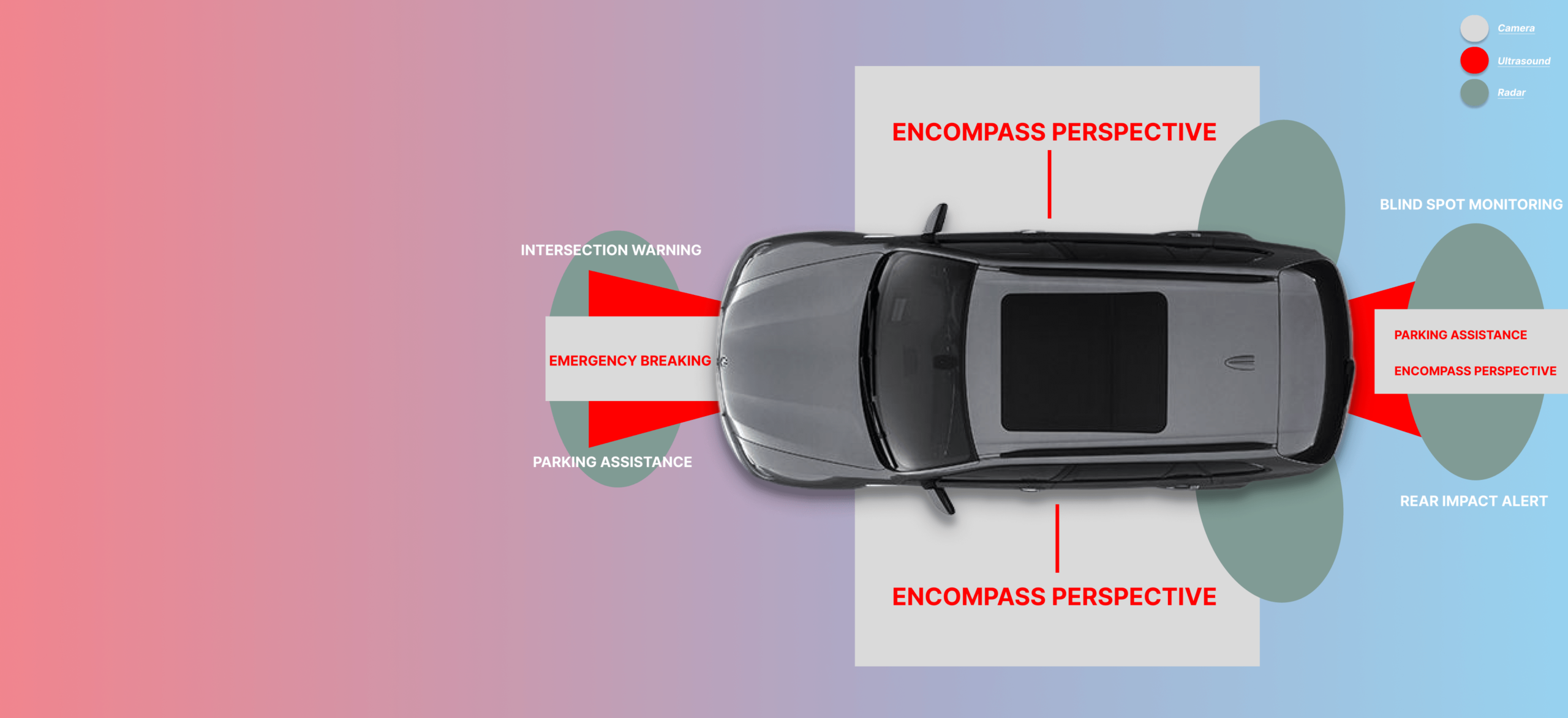Table of Contents
- Introduction
- What is ADAS and its applications
- Use cases solved by us
- Intro to the use case
- Client requirement
- Execution & our Impact
- Data annotation techniques for self driving cars
- How Macgence can help
Introduction
An autonomous vehicle is a vehicle that can operate without the assistance of a human. Specifically, it can carry out specialized functions by sensing and responding to external conditions and surroundings using superior built-in car programs.
The autonomous vehicle, also known as self-driving cars, have propelled significant shifts in automation and connectivity. Furthermore, the integration of the internet, computers, smartphones, and other advanced technologies—such as training data for Advanced Driver Assistance Systems (ADAS)—enhances and automates driving operations.
According to Precedence Research, the global autonomous market size was estimated USD 121.78 billion in 2022 and is projected to hit around USD 2,353.93 billion by 2032, i.e. a compound annual growth rate (CAGR) of 35% within 10 years
Rising number of accidents because of human error has triggered the need for AI to invade the automobile sector, and so the need of automotive datasets to train these models has come into play…
What Is ADAS And its Applications?

Known as Advanced Driver-Assistance Systems, are technological features that are designed to increase the safety of driving vehicles while informing the driver of various hazards. In addition, autonomous vehicles can significantly reduce the number of car accidents and their serious impacts, potentially preventing a large number of unnatural deaths and injuries.
Essential safety-critical ADAS applications include:
- Pedestrian detection/avoidance
- Lane departure warning/correction
- Traffic sign recognition
- Automatic emergency braking
- Blind spot detection



Electronic Stability Control (ESC)
For instance, they help the driver maintain control of the vehicle in slippery conditions. It can also apply the brakes to the vehicle’s wheels to help keep it on track and prevent it from skidding uncontrollably



Adaptive cruise control
Moreover, in stop-and-go traffic situations or on highways, advanced cruise control can automatically accelerate, slow down, and, at times, stop the vehicle, depending on the actions of other objects in the immediate area.



Blind spot detection system
Another feature is a system that uses sensors to detect vehicles in the driver’s blind spot, providing an audible or visual warning to enhance safety.



Parking assistance
Helps inform drivers of unseen areas so they know when to turn the steering wheel and stop. Vehicles equipped with rearview cameras have a better view of their surroundings than traditional side mirrors.



Glare-Free High Beam and Pixel Light
Additionally, a new headlight application detects the lights of other vehicles and redirects the vehicle’s lights away to prevent temporarily blinding other road users. Its light adapts to darkness and the vehicle’s surroundings without disturbing oncoming traffic.



Lane departure warning system
Designed to alert drivers when their vehicle begins to veer out of its lane. However, accidents can still occur for several reasons, including driver fatigue, distraction, or impairment. The lane departure warning system uses sensors to monitor the vehicle’s position, emitting a warning sound or indicator on the dashboard if it detects that the vehicle is veering out of its lane.
Data Annotation Techniques – Self Driving Cars
For the development of ADAS models, there is a need for comprehensive training data. At Macgence, we provide diverse labeling techniques specifically tailored to your automotive project scope. Moreover, we have a dedicated workforce trained for complex annotation, and our QA teams ensure 95%+ tagging accuracy levels. Additionally, we utilize tools to automate quality checks, which further enhances the reliability of our data.



Bounding Box
Specifically, our experts utilize the box annotation technique to map objects in a two-dimensional space, providing accurate information about the object’s position and size within a single image.



Polygon Annotation
Our experts use the box annotation technique to map objects in a 2-Dimension space to give accurate information about the object’s position and size within a single image.



Semantic Segmentation
Our experts use the box annotation technique to map objects in a 2-Dimension space to give accurate information about the object’s position and size within a single image.



3D Annotation
Our experts use the box annotation technique to map objects in a 2-Dimension space to give accurate information about the object’s position and size within a single image.
The Macgence Way

TAT
Compliant high-quality data available at your disposal that comes with benefits of customization as well that can be quickly delivered

QUALITY
Our dataset goes through rigorous 2-level quality checks before delivery

ACCURACY
Provides gives ~90% accuracy across different annotation types and model datasets

COMPLIANCE
Adherence to both the mandatory compliances of HIPAA & GDPR

NO. OF USE CASES SOLVED
Experience across a diverse range of use cases


